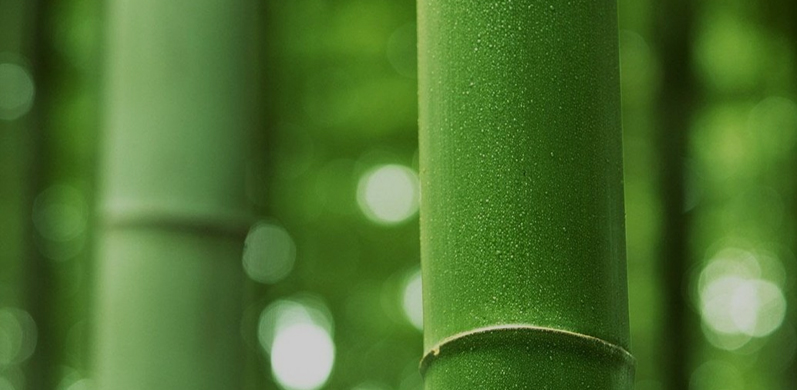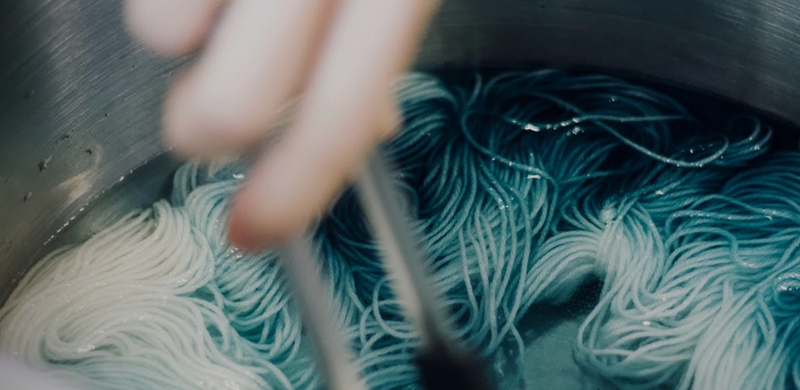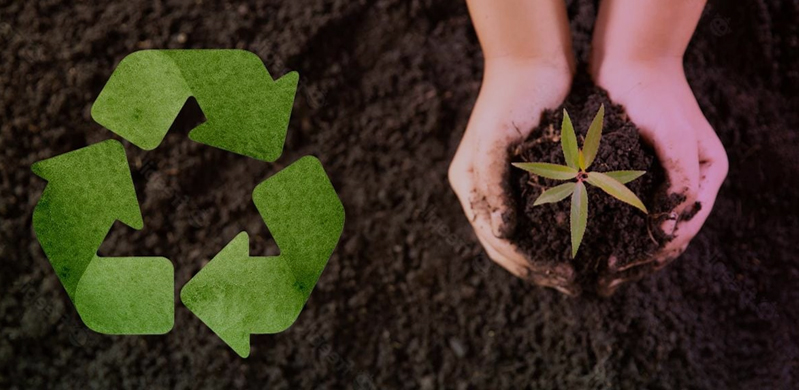
Tianhong uses photovoltaic technology to turn solar energy into electricity. We are also gradually phasing out high-energy production equipment, which has the dual impact of lowering energy consumption and carbon emissions.

The liquid coloring uses organic ecological bamboo as the base material, and adds nano-scale color masterbatch, which is evenly dispersed inside the fiber. Made of colorful bamboo fiber, the luster is more natural and the color is more durable. During the production process, about 60 tons of water are used for each ton of dyed cloth, and only about 10 tons of water are used for each ton of raw liquid coloring.








Our future plans aim to drive sustainable development and environmental initiatives to ensure that our products and supply chain are more environmentally friendly and sustainable.